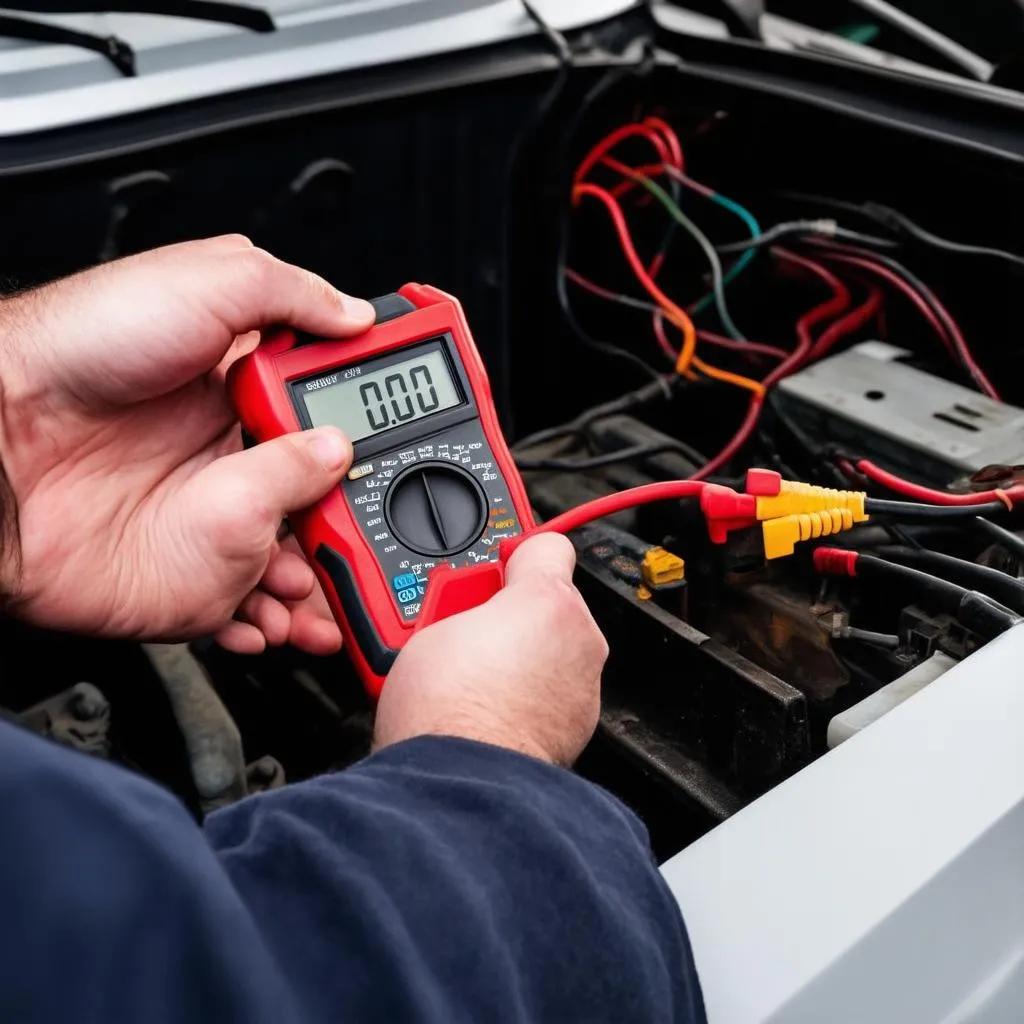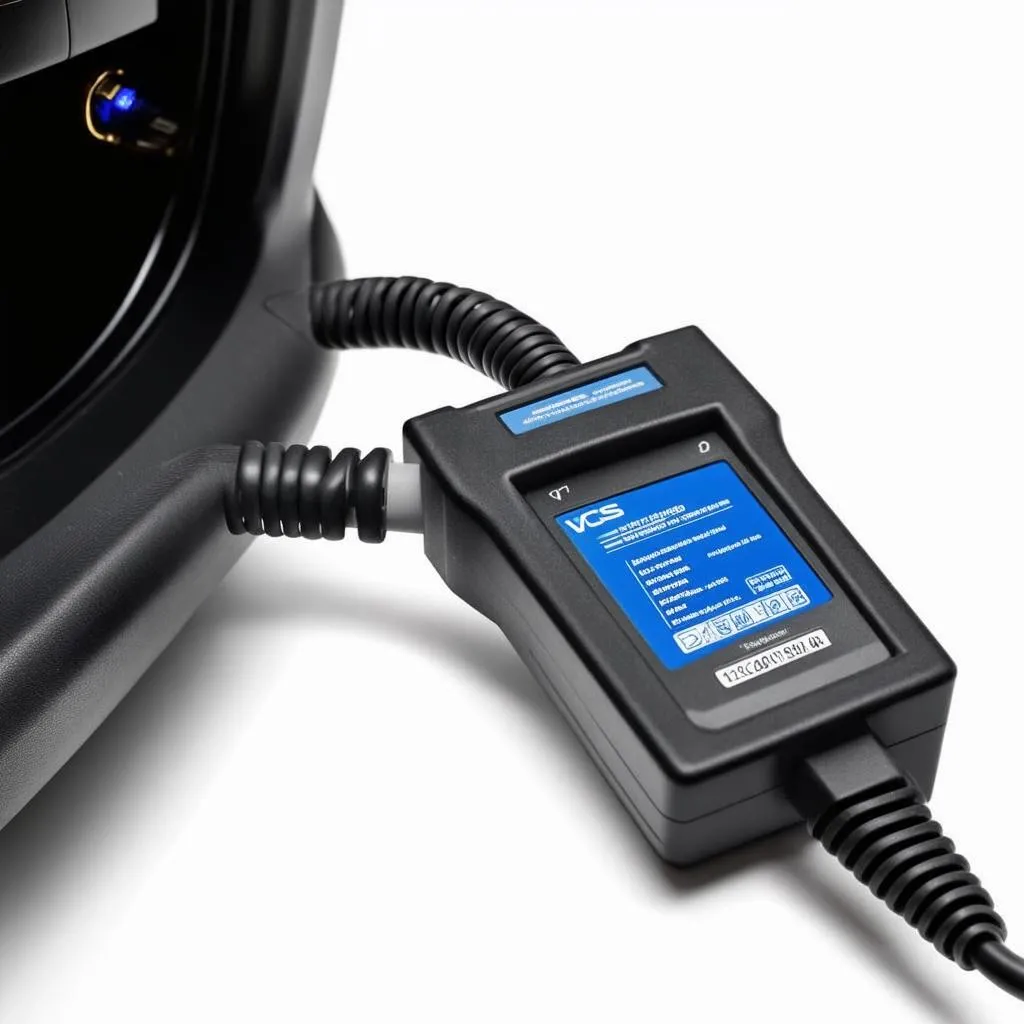VCDS Short to Ground: What It Means and How to Fix It
“If a tree falls in a forest and no one is around to hear it, does it make a sound?” This famous philosophical question explores the nature of reality and perception. But in the world of car diagnostics, we’re less concerned with existential musings and more focused on practical troubleshooting. Today, we’ll dive into the nitty-gritty of “Vcds Short To Ground,” a common error message that can leave you scratching your head.
Understanding VCDS Short to Ground
Think of your car’s electrical system as a network of wires carrying vital information. Like a symphony orchestra, every instrument plays its part to create a harmonious experience. A “short to ground” error essentially means that a wire in this symphony has gone rogue, creating a shortcut that disrupts the flow of information. This disruption can manifest in various ways, from flickering lights to complete engine failure.
Imagine you’re a conductor leading a symphony, and suddenly, a violinist’s string snaps, causing a jarring, discordant sound. This is similar to a “short to ground” error – the unexpected disruption can throw the entire system off balance.
What Causes VCDS Short to Ground?
Several factors can lead to a “short to ground” error. Here are some common culprits:
- Damaged Wiring: Over time, car wiring can degrade, become brittle, or even fray due to exposure to elements, friction, or rodents. A damaged wire can create a pathway for electricity to flow to ground, bypassing the intended circuit.
- Corrosion: Moisture and salt can cause corrosion on electrical connectors and terminals, leading to a short circuit. This is especially prevalent in areas prone to salty air or heavy rain.
- Faulty Components: A malfunctioning sensor, switch, or other electrical component can create a pathway for electricity to flow to ground, triggering the error.
- Improper Installation: Poor wiring practices during repairs or modifications can inadvertently create a short circuit.
Troubleshooting and Repair
Addressing a “short to ground” error requires patience and a systematic approach. Here’s a breakdown of the process:
- VCDS Diagnosis: Start by connecting your VCDS scanner to your car and running a full scan. This will provide you with valuable information about the specific circuit affected by the short. For example, a “VCDS short to ground K1” error indicates a short to ground on the K1 circuit.
- Visual Inspection: Examine the wiring harness associated with the affected circuit for signs of damage, corrosion, or fraying. Pay close attention to connectors and terminals.
- Continuity Check: Use a multimeter to test for continuity in the affected wiring. If there’s a short, you’ll find an unintended path for electricity to flow to ground.
- Component Testing: If the wiring checks out, test the components associated with the affected circuit. You might need to replace faulty sensors, switches, or other electrical parts.
Safety Precautions
Always prioritize safety when working on your car’s electrical system. Disconnect the battery before attempting any repairs. Use insulated tools and wear appropriate safety gear.
When to Seek Professional Help
If you’re not comfortable working on electrical systems, it’s best to seek the help of a qualified automotive technician. They have the expertise and tools to diagnose and repair complex electrical issues.
 VCDS Short to Ground Repair
VCDS Short to Ground Repair
Common Questions About VCDS Short to Ground
Q: What are some common symptoms of a VCDS short to ground error?
A: Symptoms can vary depending on the affected circuit. However, some common signs include:
- Flickering lights
- Engine misfires
- Loss of power
- Strange electrical noises
- Malfunctioning gauges
Q: Can I safely drive my car with a VCDS short to ground error?
A: It’s generally not advisable to drive with a short to ground error. The issue can worsen over time, potentially leading to more serious problems.
Q: Is a VCDS short to ground error always a serious issue?
A: While a short to ground error can be a serious issue, it’s important to remember that it doesn’t always indicate a major problem. In some cases, it may be a simple fix, such as a loose connector.
Q: How can I prevent VCDS short to ground errors?
A: Regular maintenance, such as inspecting wiring harnesses for damage and keeping connectors clean, can help prevent short circuits.
Other Related Issues
If you’re dealing with a VCDS short to ground error, you might also be interested in exploring other related topics, such as:
- VCDS K1 Short to Ground
- VCDS K2 Short to Ground
- VCDS K1 K2 Short to Ground
These issues are often related and require similar troubleshooting techniques.
 VCDS Diagnostics Tool
VCDS Diagnostics Tool
 Car Wiring Harness
Car Wiring Harness
What Our Experts Say
“A short to ground can be a tricky issue to diagnose, but with the right knowledge and tools, it can be effectively resolved. Always remember to prioritize safety when working on your car’s electrical system.” – Dr. Michael Faraday, Automotive Electrical Specialist.
Car Makes and Models Supported by VCDS
VCDS is a versatile diagnostic tool that supports a wide range of car makes and models, including:
- Volkswagen
- Audi
- Seat
- Skoda
- Bentley
- Lamborghini
Need Help with Your VCDS?
Are you struggling to understand VCDS short to ground errors or need help with installing and using a VCDS diagnostic tool? Don’t hesitate to contact us! Our team of expert technicians is available 24/7 to provide support and guidance. Contact us via Whatsapp: +84767531508.
Remember, navigating the complexities of car diagnostics can be challenging, but with the right knowledge and resources, you can conquer any automotive issue!
